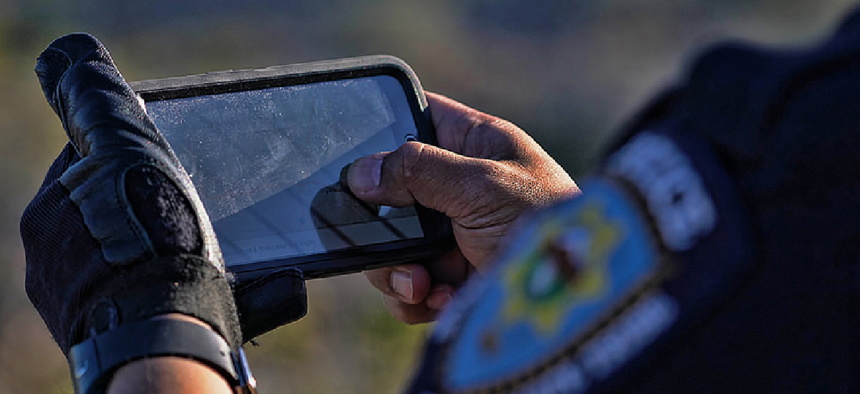The tech first responders really want

Dispatchers, firefighters, police and emergency medical services teams want the devices they already have to work better.
Responders who are first on the scene of medical emergencies, natural disasters, fires, crime scenes and domestic disputes don’t want more gadgets to help them do their jobs. Instead, they want the devices they already have to work better.
According to a Jan. 6 National Institute of Standards and Technology blog, responders want communications technology that is more reliable, user friendly and interoperable. The blog is based on a multi-phase, research project conducted by NIST’s Public Safety Communications Research usability team that provided insights into the technology needs and problems of dispatchers, firefighters, police and emergency medical services teams.
The responder wish list includes:
- Broader access to up-to-date, affordable smartphones and data plans responders could use to access email, mapping and navigation data, satellite and street views and language translation apps and take better advantage of FirstNet, the nationwide public safety broadband network. According to the research, responders use their personal smartphone over their work-issued devices by a two-to-one margin, primarily to access mapping applications.
- Single sign-on would reduce the burden on the user having to remember different login and password information for each device or application they use.
- Live video or images of an incident as it unfolds would help both dispatchers and law enforcement officers, who also asked for access to facial recognition software.
- Automatic caller location data for people who call 911 from a mobile device and automatic vehicle location for emergency vehicles would help dispatchers know which cruiser, ambulance or fire engine is closest to the incident -- rather than the closest station -- allowing for faster response times.
- The ability to automatically transmit patient vital signs to the hospital while en route would ensure medical staff members are ready to receive the patient upon an ambulance’s arrival.
- More forward-looking capabilities responders expressed interest in include drones, indoor mapping, voice controls for hands-free input, thermal imaging augmented reality displays incorporated into firefighters’ helmets to give them data on temperature and oxygen levels and technology that displays information on the windshields of police vehicles.
Because responders tend to use the same devices and applications for day-to-day incidents as they do for major events, it’s critical developers focus on user-centered principles that improve current technology, reduce unintended consequences, lower costs, minimize unnecessary features and recognize that one size does not fit all, the report said.
“Only by listening to the voices of first responders, and engaging actively with them, can new technology be designed and implemented such that it meets user needs and facilitates public safety incident response,” the report concluded. “It is necessary to recognize and address both the promise and peril of new technology so that its adoption will ultimately be as successful as possible.”






